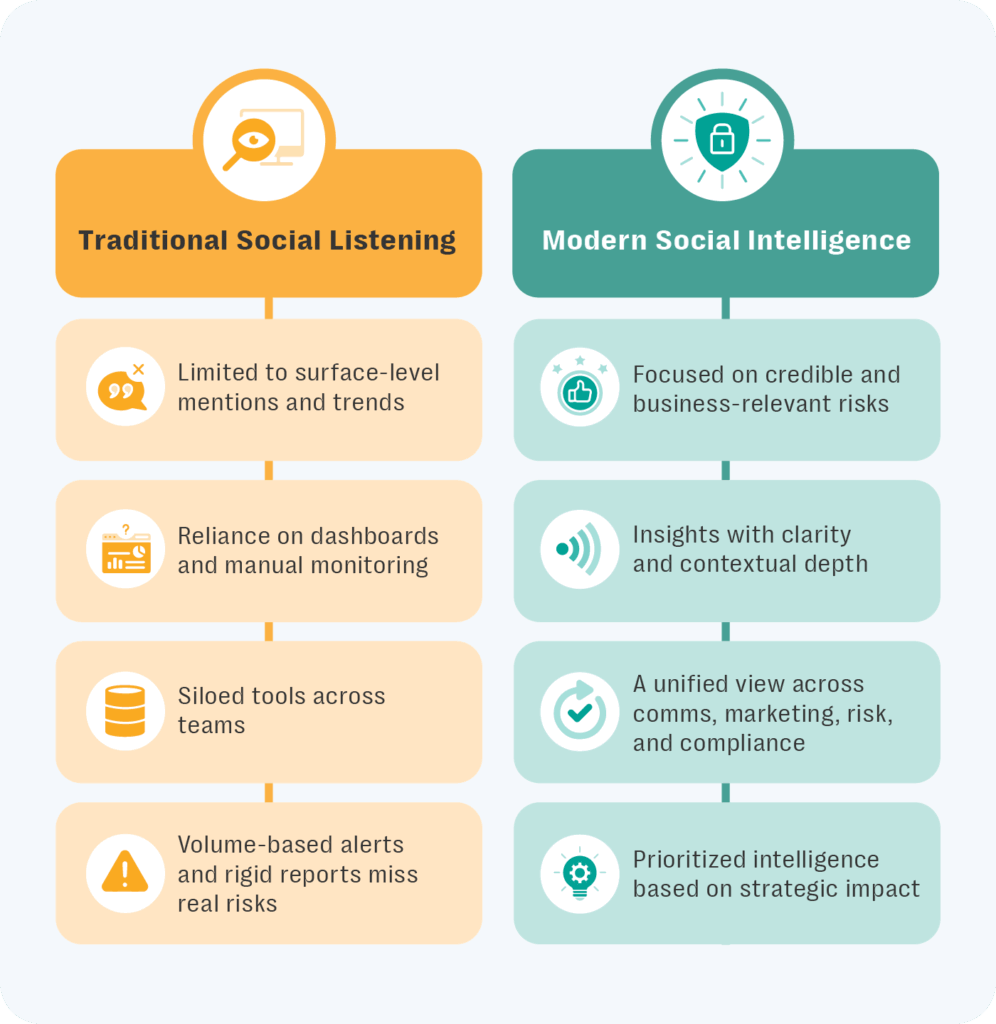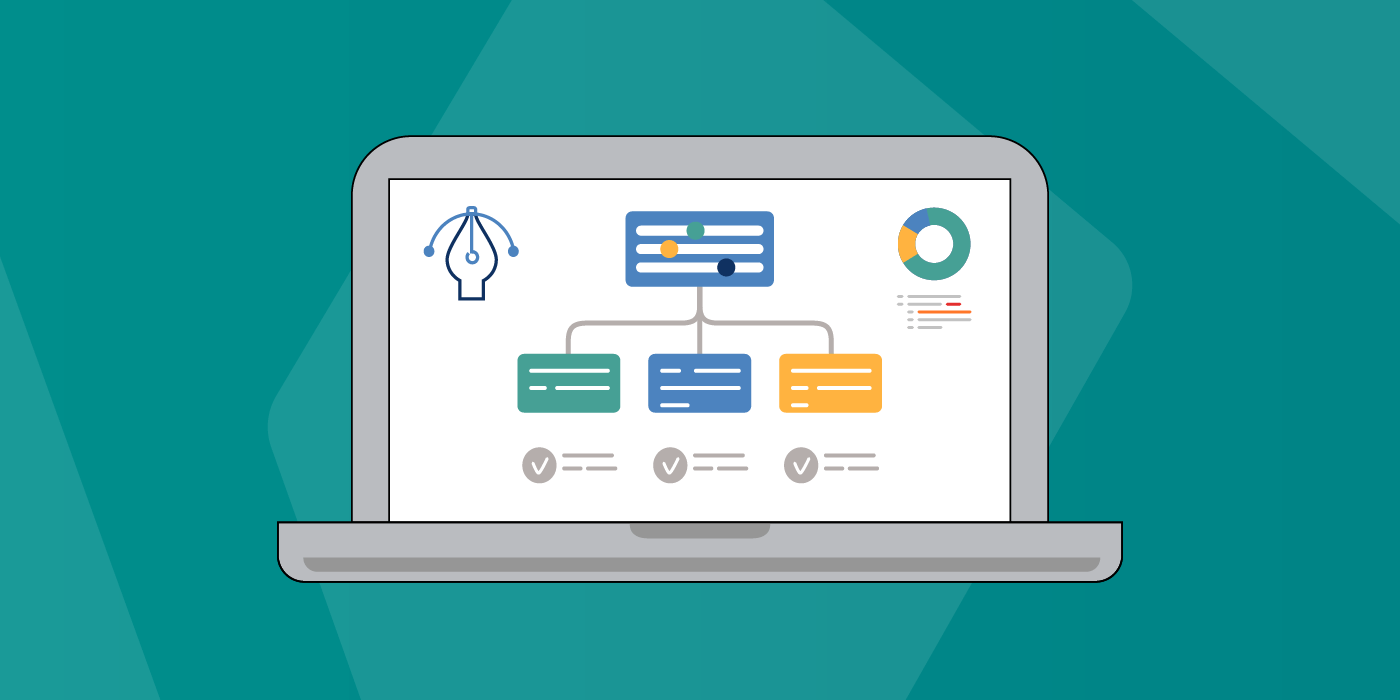A misleading post gaining traction. A coordinated campaign stirring below the surface. A fringe forum flagging allegations.
These are the early signals that can escalate into a full-blown crisis. Yet many communications teams still rely on online risk monitoring tools that track mentions instead of meaning.
Traditional social listening platforms remain useful for measuring brand visibility, sentiment, and campaign engagement. But when it comes to risk, volume isn’t the same as urgency, and mentions rarely tell the whole story.
In sectors like pharma, retail, and finance, we’ve seen how fast a fringe comment can become a front-page crisis. Early signals often emerge without naming your brand directly, but they still shape perception, erode trust, and increase regulatory exposure.
That’s where a new capability is gaining traction: The evolution of monitoring. It combines the reach of monitoring tools with human-led analysis — turning noisy online chatter into decision-ready clarity.
At Resolver, we work with global brands navigating exactly this challenge. That’s why we developed a 5-step framework to help PR and comms teams spot early risk signals, validate them quickly, and act with confidence.
How PR and comms teams can elevate online risk monitoring
Most communications teams use social listening tools to track brand mentions, sentiment shifts, and campaign reach. These tools are valuable, especially for measuring engagement and surfacing brand-relevant conversations at scale.
But when the stakes involve reputational risk, regulatory pressure, or emerging threats, standard dashboards often fall short.
This is where online risk intelligence provides an essential layer. By blending real-time detection with human analysis, it adds the context, credibility, and clarity social listening dashboards don’t deliver on their own.

A proven 5-step approach to turn online signals into strategic action
Communications leaders need a reliable way to cut through digital noise and identify what actually matters before it escalates. That’s why leading teams are turning to a structured, analyst-led approach that blends automation with human insight.
Here’s how that approach works in five practical steps:
1. Signal identification
Track early indicators across social media, fringe forums, news sites, and deep web sources in multiple languages and formats (video, emojis, hashtags, long-form) without requiring manual keyword input.
Benefit: Catch emerging issues that keyword-based tools often miss—especially those without direct brand mentions.
2. Contextual enrichment
AI & analysts assess each signal in context: its narrative, credibility, source, and trajectory. This step filters noise and clarifies the who, what, and why behind emerging narratives.
Benefit: Avoid chasing false positives or overlooking serious low-volume threats.
3. Strategic classification
Each signal is classified by severity, risk type, and potential business impact. not just engagement metrics.
Benefit: Alerts are prioritized by urgency and relevance, helping teams focus on what’s actionable.
4. Analyst-led risk assessment
When the stakes are high or the signals are complex, an expert analyst provides verified summaries and recommends next steps.
Benefit: Receive executive-ready insights, not just dashboards.
5. Response support and learning
Detection and response playbooks evolve with every incident, improving accuracy over time.
Benefit: A learning engine that improves precision and value over time.
The shift: From listening tools to decision-ready intelligence
PR and communications teams today aren’t just tracking mentions — they’re managing brand risk, regulatory scrutiny, and stakeholder expectations.
Resolver’s Online Risk Intelligence Framework supports this shift by helping teams:
- Identify credible risks before they escalate
- Coordinate faster with legal, security, and executive stakeholders
- Communicate risk with clarity and context, grounded in business impact and stakeholder relevance
With this framework, communications and corporate affairs teams can reduce noise, improve readiness, and help protect brand trust when it matters most.
Resolver isn’t a replacement for your existing tools, it’s a layer of intelligence that transforms volume-based monitoring into verified, actionable insight.
Still relying on volume-based alerts?
If your team has ever asked:
- “Why wasn’t this flagged earlier?”
- “What’s the risk behind this narrative?”
- “How do we communicate this to leadership?”
Then it’s time to evolve from reactive monitoring to proactive intelligence.

